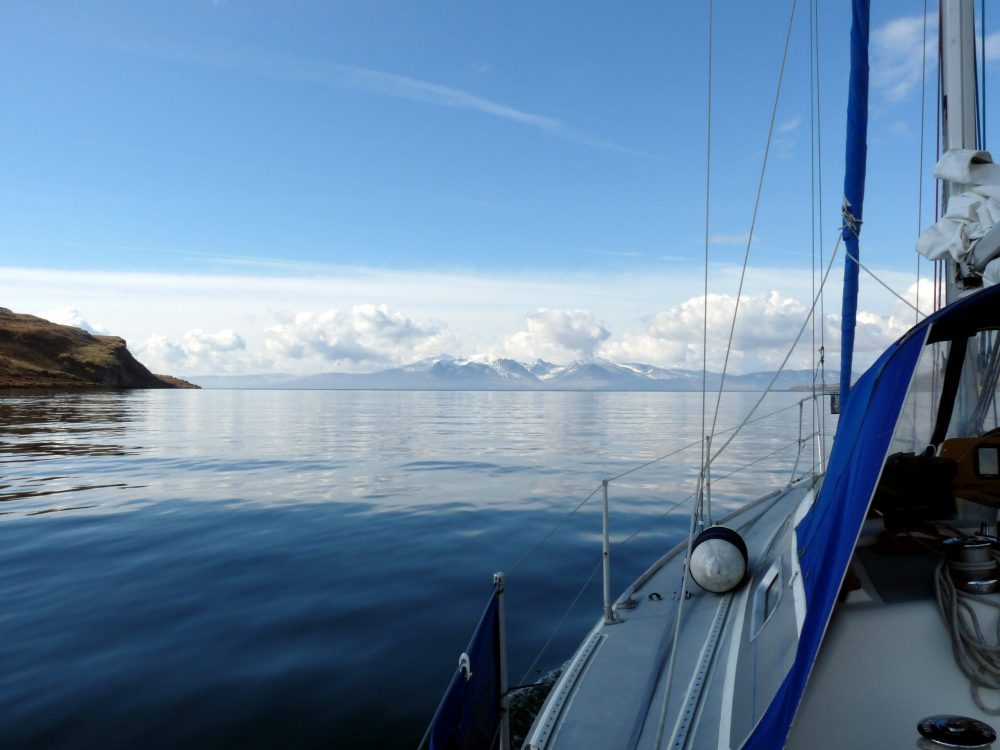A SCOTTISH river has been named as an important source for juvenile whiting in a significant discovery for UK fisheries.
The Firth of Clyde and eastern Irish Sea were both found to contain an abundance of the cod-like fish after researchers conducted a study of the waters.
The findings, from The University of Glasgow and Marine Scotland Science, were released today and have been hailed as an important discovery for fisheries management.

Whiting is a small member of the cod family, is commonly caught for consumption in the UK.
Researchers also highlight that with so many juvenile whiting originating in the Firth of Clyde nursery before moving to other areas as adults, the juveniles and adults are also likely to face pressures from different fishing fleets.
Dr Neil Burns, who carried out the work at the University of Glasgow said: “To properly manage natural resources like fish stocks, it is essential we understand animal movements and the ways they use different parts of the environment.
“The statistical method we developed here is an exciting leap forward in the study of otolith microchemistry and will help us better understand fish movements”
Dr David Bailey at the University of Glasgow, said: “This new way to link adult fish to specific nursery areas demonstrates how important coastal habitats are, and how the key nursery areas affect adult fish abundances across the whole West Coast.”
Dr Peter Wright from Marine Scotland Science said this is an important study in expanding our understanding the connectivity of whiting among stocks that are currently managed separately.”